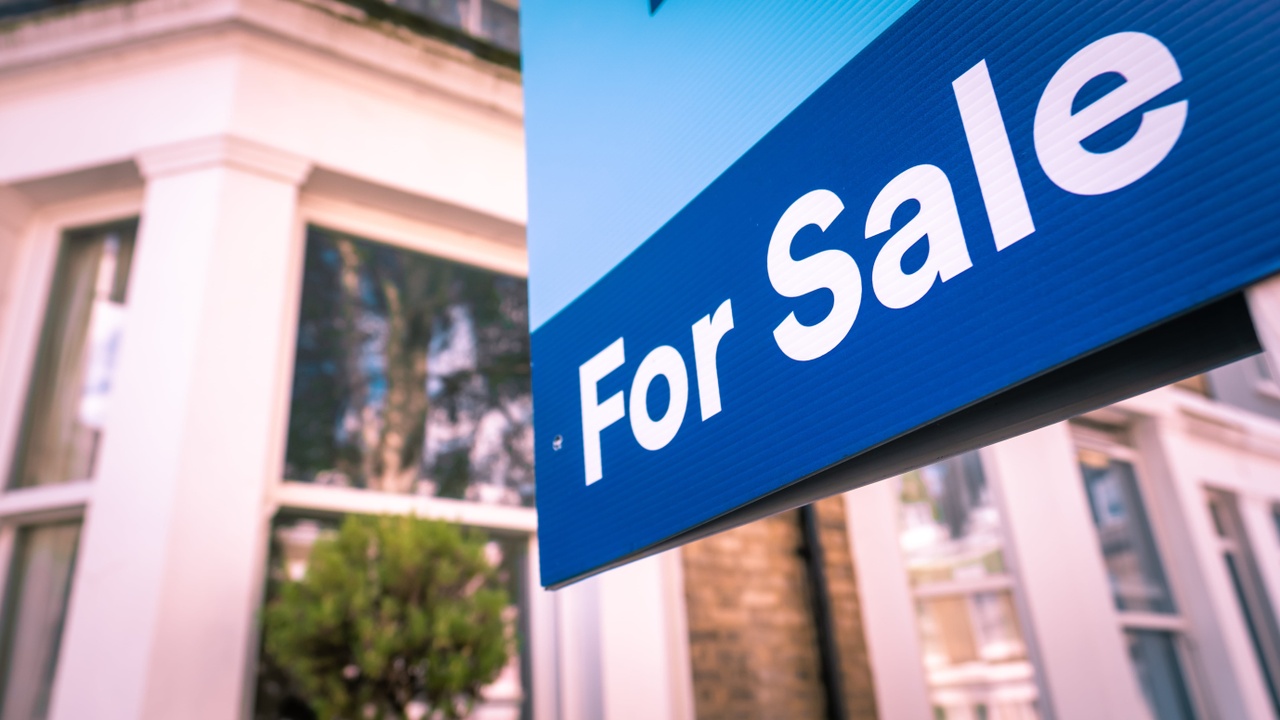The state of the property market today

It’s not just property investors who are aware of the state of the property market today - it’s aggressively a seller’s market, with home buyers struggling to find a property. Mortgage lenders, estate agents and even people who aren’t looking for a new home right now are aware that properties are snapped up as soon as they’re listed.
The result is an escalation in property values and a rash of people paying above value to get the property they’ve set their hearts on.
Over my several decades in property I’ve seen fluctuations in the market many times. The period leading up to the credit crunch in 2008 was very similar to today with property values rising and more buyers than sellers. Then it all turned around - and it will do again.
For the investor, the secret is to understand the situation and adjust your strategy to match the current state of play.
What’s behind the seller’s property market?
My view is that there are a number of factors.
One of the catalysts is the ‘Brexit hoarders’. These are investors who, between the referendum when we voted to leave the EU in 2016 and the much delayed final exit in January 2020, kept their money in the bank. Their idea was that, once we were out of Europe the property prices would take a dive - so they could snap up bargains all over the place.
Clearly, when the vote took place nobody realised that the actual exit would take so long. And the expected drop in property prices simply didn’t happen.
When the investors realised that their perceived post Brexit price drop was unlikely to happen many started looking for properties but had barely 7 weeks between Brexit completing and the start of the pandemic lockdown. Result was all that pent up Brexit influenced money stayed stuck in their banks.
Then life got more difficult, with estate agents and solicitors shut, mortgage brokers unable to operate. Landlords and residential buyers alike were in limbo.
The next issue that affected property was the fact that the lockdown created an army of people working from home (WFH) that didn’t exist before. Previously, very few corporates trusted employees to be out of sight and not be living it up watching daytime TV instead of working, until they had no choice. Alongside those were the people who lost their jobs due to the pandemic and got the entrepreneurial bug and decided to start their own business.
Once the corporates discovered that WFH worked pretty well and people got their jobs done just fine and had a better work-life balance, they saw the advantages. Happier staff and less requirement for expensive city office space.
A small percentage of corporates returned to a five day office-based existence. Many have offered flexible working or a hybrid of three days WFH and two days in the office (or variants thereof). This has accelerated, by probably a decade, a working style that would have evolved eventually anyway.
Flexible working has enabled a more flexible approach to location for employees. If they have to attend the office less often, a less frequent longer journey is more palatable. People are moving further out to get homes that are bigger for the same price as properties nearer to their workplace.
Then there was the stamp duty holiday, which encouraged people to move, so there was another spike in people buying homes to benefit from that. Bizarrely there were cases where people actually paid increased rates for properties because they could save on Stamp duty - sometimes paying £50K more than they’d originally planned to save £15K!
All these contributory factors lead to an avalanche of buyers in the market for property and that lit a fire under property values.
On the other side of the coin, much fewer properties came onto the market for sale, for the following reasons -
Then there were the people who had accumulated all this extra money during lockdown because there was no gym, no holidays, no socialising, no commuting to spend on, Working from home on a longer term basis was not practical if all you had was the dining room table or a corner in the bedroom - so people needed proper working space.
Many of them embarked on home improvement projects - lots of extensions, loft and garage conversions, basement makeovers, garden rooms etc. Builders and other tradesmen have never been so busy!
People who might have moved to bigger properties had enlarged their existing home - less upheaval for the family and increased property value far beyond what they’d spent on the improvement.
The overall result is that there are more people looking to buy, but fewer houses on the market. This applies not only to home buyers, but also for rental properties. If landlords aren’t acquiring properties, they’ve got nothing to rent out.
So you could say that the seller’s market is multi-faceted situation!
Strategies for investors
Investors who are chasing cosmetic refurbs, now see these don’t hang around - buyers are taking anything they can get,
People who are WFH are not looking to make a profit, they’re just looking for somewhere to live, That means they’ll get into bidding war and overpay for the property they’ve set their heart on. All this competition is forcing the price up. For investors it means that it’s difficult to find properties at a price you can make money on.
The simple yet credible answer is to buy dilapidated properties that nobody else wants and that are unmortgageable. The pool of potential buyers is much smaller as they tend to be cash buyers only (or smart investors who know how to leverage bridging finance).
If you replicate what investor strategies people were using in the seller’s market between 2004-008, i.e. not buying BMV - but adding value with much more than a cosmetic refurb you can still make money.
It’s a myth that all properties are selling - there are always opportunities for those who are prepared to look beyond the obvious candidates.
You can learn more here:
- Contact Kevin Wright over on his Facebook page.
- Browse the Recycle Your Cash online training library by clicking here.
- Attend an upcoming 1-Day Property Finance Masterclass event - Book in here.






